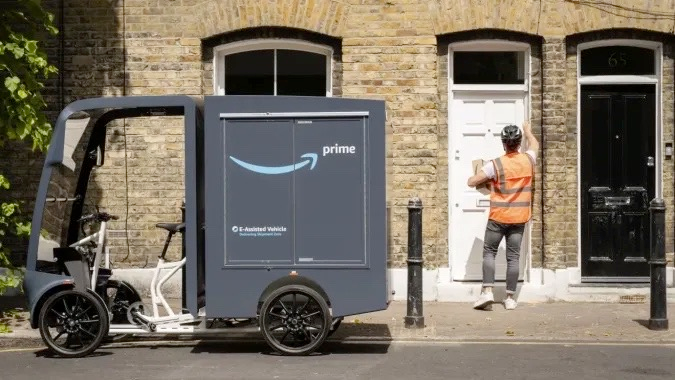Just six months after its last flagship launch, Xiaomi has announced another one. The Xiaomi 12S Ultra packs a massive one-inch, 50.3-megapixel Sony IMX989 main sensor. And unlike the Sony Xperia Pro-I, the Xiaomi 12S Ultra apparently uses the entirety of its one-inch sensor. And the camera unit itself? Well, it looks gigantic.
Xiaomi
Inside, there’s a Leica Summicron 1:1.9-4.1 / 13-120 ASPH camera system that combines three rear cameras: a 50.3-megapixel main camera (23mm, f/1.9), along with the 48-megapixel ultra-wide camera (13mm, f/2.2) and the 48-megapixel periscopic camera (120mm, f/4.1). Both 48-megapixel cameras use a half-inch Sony IMX586 sensor. The circular camera island (continent?) has a special coating to mitigate lens glare and improve image consistency. Oh, and there’s a 23K gold rim as well. Because excess.
The Xiaomi 12S Ultra is now available for pre-ordering in China, ahead of retail launch on July 6th. The 12S Ultra starts at 5,999 yuan (around $900).
Leica has spread its bets over the years in mobile imaging partnerships. It has previously collaborated with Sharp, Huawei and Panasonic — Chinese phone makers are quick to pal up with renowned photography brands. In late 2020, Vivo joined forces with Zeiss, while Oppo and OnePlus released handsets jointly developed with Hasselblad.
The result has, broadly, meant better smartphone cameras from these companies looking to go toe-to-toe with the iPhones and Galaxy Ss of this world.
— Mat Smith
The biggest stories you might have missed
A sample of the data included crime reports going back to 1995.
A hacker (or group of hackers) claims to have stolen data on a billion Chinese citizens from a Shanghai police database. The hacker is attempting to sell 23 terabytes of data for 10 bitcoin, worth just over $198,000 at the time of writing. The data includes names, addresses, birthplaces, national IDs and phone numbers. The Wall Street Journal reports the hacker provided a sample of the data, which included crime reports dating as far back as 1995.
Continue reading.
It’s opening several hubs across the UK to replace some van trips.

Amazon
Amazon UK is now delivering packages by cargo e-bike and on foot as it progresses toward its climate goals. The company has opened a micro mobility hub in Hackney, central London, and says the walkers and e-bike riders will make more than a million deliveries a year. It claims those trips will replace thousands of van deliveries. The e-bikes and on-foot couriers will deliver across more than a tenth of the city’s ultra-low emission zone (ULEZ).
Continue reading.
Part of cost-cutting measures following its split from AT&T.
HBO Max is halting original productions across much of Europe, according to Variety. The streaming service confirmed it’ll no longer produce originals in Denmark, Sweden, Norway, Finland, Central Europe, the Netherlands and Turkey, leaving only Spain and France untouched. The step is part of a plan from parent Warner Bros. Discovery to cut some $3 billion in costs following its split from AT&T.
Continue reading.
The CubeSat is critical to the first Artemis mission.
NASA’s grand plan to take humans back to the Moon for the first time in over half a century has taken another step forward. The 55-pound CAPSTONE (Cislunar Autonomous Positioning System Technology Operations and Navigation Experiment) CubeSat has broken free of Earth’s orbit and is on its way to the Moon. Rocket Lab launched CAPSTONE on an Electron rocket last week. Following six days of orbit-raising burns to build up enough speed, the pathfinding satellite set out toward the Moon. It’s a slow trip. It won’t reach the Moon until November.
Continue reading.
All products recommended by Engadget are selected by our editorial team, independent of our parent company. Some of our stories include affiliate links. If you buy something through one of these links, we may earn an affiliate commission.

